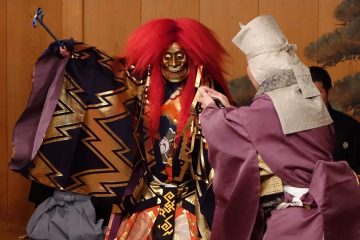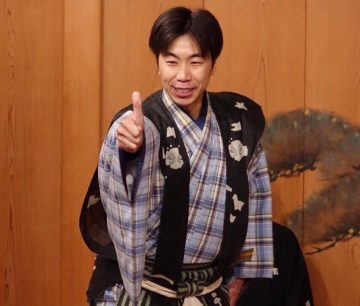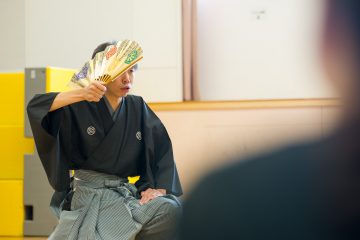How to Enjoy a Noh Performance in Japan
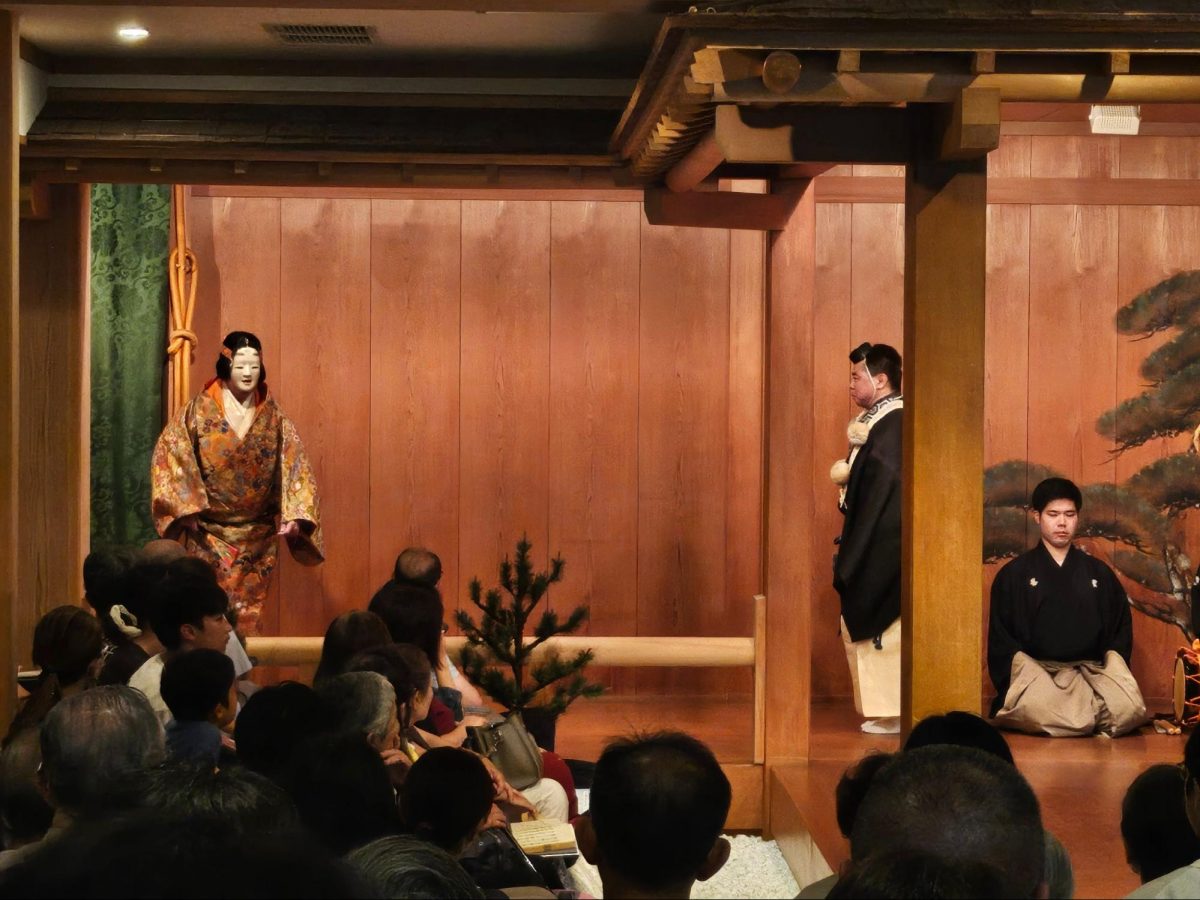
When you’re hoping to leave behind the well-beaten path of Japan’s most tourist-laden spots for one of its more underrated and cultural hidden gems, look no further than the historic performance art of Japanese Noh.
With its unique Japanese cypress wood masks, stilted—almost musical—style of speech, and modern retellings of Japan’s most timeless tales, many of which have been told and retold since the beginning of Noh in the Muromachi period (1336-1573), Noh is one of Japan’s most unique performance arts.
Even in the modern day, Noh is an experience you’ll never forget, stretching across the ages and into 21st-century Japan with stories of deities, emperors, and monsters.
What is Noh?

At its heart, Noh is a classical Japanese musical drama—a unique blend of dance, music, and performance. It's characterized by slow, stylized movements, poetic language, and elaborate costumes and masks, often depicting supernatural beings or historical figures.
Noh has been around for over 650 years and is recognized as a UNESCO Intangible Cultural Heritage in Japan.
Noh plays can be divided into five different categories:
1. God
2. Man
3. Woman
4. Mad-woman
5. Demon
In a full Noh program, one performance of each category would be carried out. This has been the tradition ever since the Edo period, named the gobandate (a five-play program). At that time, such a billing would be an all-day affair, with performances taking place from sunrise to sunset.
As extravagant as this sounds, you may not want to give up an entire day of your Japan trip to Noh. Luckily, these days there are many Noh theatres that provide more accessible performances of 60-90 minutes, giving you a snapshot of a much broader story.
Why is Noh important to Japanese culture?
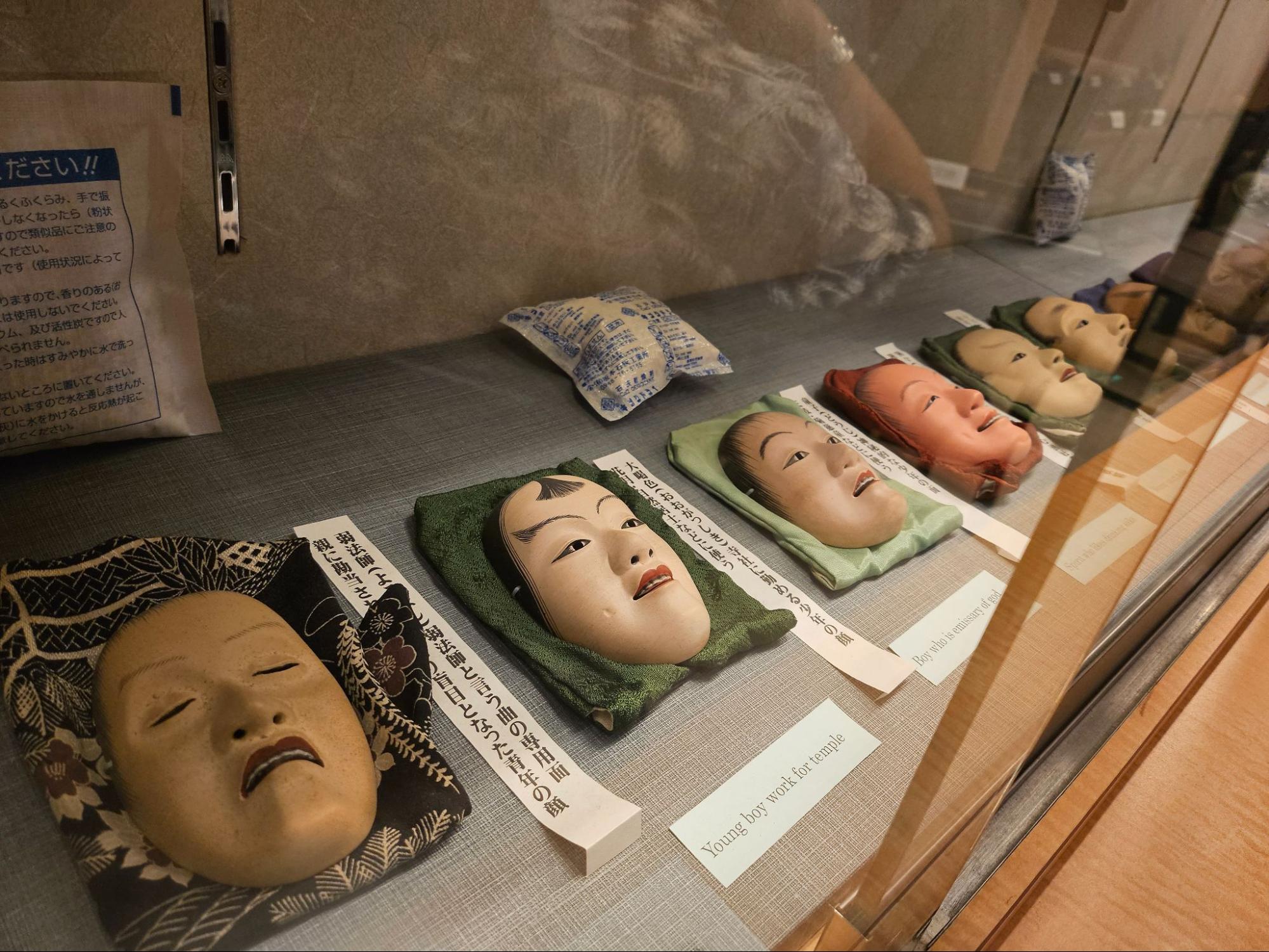
Noh is said to be the oldest surviving form of Japanese theater. It combines dance, music, and performance to communicate Buddhist themes, many coming directly from the pages of well-known works of Japanese literature, such as The Tale of Genji or The Tale of the Heike.
Where can I see a Noh performance?

In the charming suburban backstreets of Kamakura, only a seven-minute walk from Hase Station on the Enoshima Electric Railway Line, is the Kamakura Noh Theatre. Established in 1970, this charming theatre has been putting on Noh and Kyogen—a form of traditional Japanese comedic theater—performances several times a year for decades, presented on a traditional wooden stage.
Between performances, the theatre runs the Nohbutai Cafe Kagura on Thursday, Saturday and Sunday from 11am to 3pm, a tea house that overlooks the Noh stage. They also offer an outside seating area and access to the theatre’s permanent display of authentic Noh costumes and masks.
See when Kamakura Noh Theatre is next putting on a performance and get your tickets.
Understand the complexities of Noh with subtitles

Now, there is one element of a Noh performance at Kamakura Noh Theatre that is helping to bring this traditional Japanese art into the modern day for a global audience: descriptions and subtitles. There is a screen on each wall that explains in both Japanese and English what is happening in a scene, from describing the usage of music, costumes, and actions in a scene to providing Japanese and English subtitles for what is being said.
The latter is especially important for audience members of Japan and abroad, since even those who understand Japanese at a native level may struggle to keep up with the specific vocabulary used in traditional Noh stories.
No subtitles? Embrace the slapstick humor of Kyogen

If you happen to be watching a performance at Kamakura Nohbutai Theatre and there are no subtitles, don’t worry—you’re likely watching its more comedic partner, Kyogen. Translating literally to “mad speech,” Kyogen is often used between more dramatic pieces to lighten the mood, served in a one-act play that can be enjoyed and mostly understood from context. As a result, there are no subtitles or explanations for Kyogen performances.
What is the etiquette for Noh in Japan?

There are a few things to keep in mind to ensure that you have a comfortable and polite Noh experience:
Take off your shoes: Though this varies by theatre, many have traditional tatami flooring, meaning that you’ll take your shoes off before you enter. As a result, make sure you’re wearing clean, hole-free socks!
Dress code: While there is no dress code in a Noh theatre, many patrons do enjoy dressing up. So, if you show up in a vest and flip-flops, you’re going to feel out of place. A smart-casual outfit is recommended.
Take your seat: You should take your seat before the performance starts, and, as much as possible, refrain from entering or leaving the theatre once it has started.
Keep quiet: Avoid speaking or making sounds that could disturb the audience or actors.
No eating or drinking: Eating or drinking once you are seated is not permitted.
No recording: Taking pictures or video of the performance is also not allowed.
Switch off your mobile: To avoid any unexpected vibrations or notifications, many audience members prefer to turn their mobile phone off before the performance begins.
Want to experience Noh in Japan?
Head to Kanagawa’s coastal city of Kamakura and take a seat at Kamakura Nohbutai, where you’ll feel like you’ve been transported back to simpler times. Older couples enjoy the show in their finest suits and dresses, the audience giggles at a joke made by the welcoming host before the show, and Noh masks from renowned performances and actors line the edges of the hinoki-crafted stage. Simple pleasures, built on centuries of tradition and artistry.
For a few more glimpses into this uniquely Japanese craft as you travel around the many wonders of this prefecture, discover more places to watch Japanese Noh in Kanagawa and get to know Kamakura Nohbutai even better.
